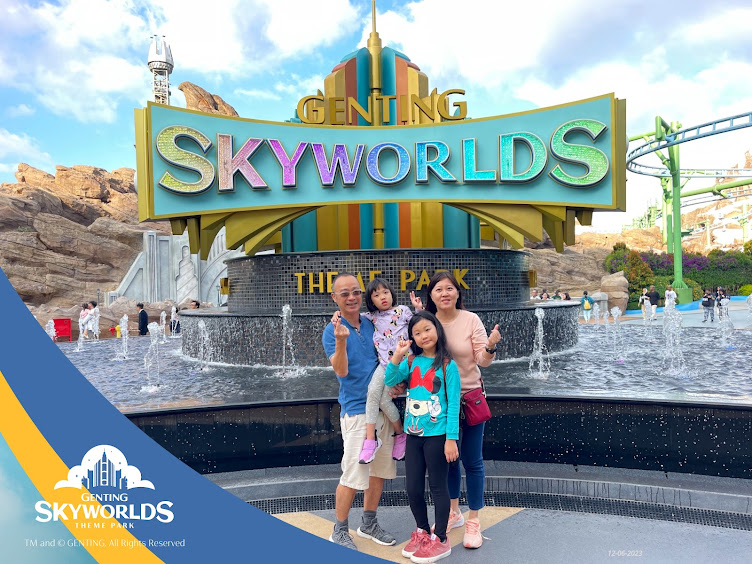Starting Over at 48: My Path to Early Retirement
by Lew Wenwan
When I turned 48, I looked in the mirror and realized something sobering — I was behind. Not just in fitness or hobbies or travel, but financially. I didn’t have a proper retirement plan. I had no passive income streams. I wasn’t debt-free. I wasn’t even sure how much I spent each month.
But instead of spiraling into worry, I decided to do something radical — I committed to starting over.
This is my plan to achieve early retirement, starting from age 48, and how you can do it too — even if you’re starting from scratch.
Step 1: Define What "Early Retirement" Means to You
For some, early retirement means lying on a beach at 50. For others, it's leaving corporate work to run a small business. For me, it means achieving financial freedom by 60 — the point at which I can choose not to work because my income from investments and passive sources covers my living expenses.
My goal:
✅ Retire by age 60
✅ Maintain $100,000/year income (inflation-adjusted)
✅ Keep total monthly expenses below $5,000/month
✅ Build at least $1.8 million in assets or passive income streams
Step 2: Get Clear on Where You Are Now
When I took stock, I realized:
-
No savings
-
No investment accounts
-
Monthly income: ~$12,000 (my wife and I combined)
-
Monthly expenses: ~$8,000 (family of four in Singapore)
-
No CPF withdrawals yet (but building up)
-
No property investment — still paying mortgage
This was both alarming and motivating. At least now, I had clarity. From here, I built a plan.
Step 3: Design a 12-Year Master Plan
2025 (Age 48) to 2037 (Age 60):
A. Phase 1: Aggressive Saving (2025-2028)
-
Save at least $6,000/month (50% of combined income)
-
Cut lifestyle inflation: fewer upgrades, smarter spending
-
Pay off high-interest debt (if any)
-
Build emergency fund (6 months' expenses)
-
Automate investments monthly
By the end of 2028, I aim to accumulate:
$250,000+ in investments
$30,000 emergency savings
CPF OA & SA balances optimized for growth
B. Phase 2: Passive Income Scaling (2029-2033)
-
Build a dividend portfolio that pays $2,000–$3,000/month
-
Explore rental property in Malaysia or second-tier SG properties
-
Start an online business or consulting — part-time, scalable
-
Use CPF Special Account to generate 4–5% p.a. compounding
By age 56, the goal is:
$900,000+ in investable assets
$30,000/year in passive income
$500,000+ CPF RA projection
C. Phase 3: Transition to Retirement (2034-2037)
-
Withdraw 4% of portfolio (~$36,000/year from $900K)
-
Collect CPF LIFE payouts (~$2,000/month projected from 65)
-
Supplement with dividends, side business, or part-time gigs
-
Relocate temporarily to lower-cost countries for geo-arbitrage (e.g., Malaysia, Vietnam)
Step 4: Build a Monthly System
Every month, I do these five things:
-
Track every dollar spent – I use apps like Seedly or Spendee
-
Review investment performance – Singapore REITs, ETFs, blue-chip stocks
-
Increase income by 10% annually – through value at work, upskilling, side hustles
-
Learn one new thing about money – books, YouTube, blogs
-
Have a money talk with my wife – align goals, check progress
These small monthly actions build long-term financial muscle.
Step 5: Invest With Purpose, Not Fear
At 48, you can’t afford wild speculation. I stick to:
-
Dividend-paying stocks and REITs (SATS, DBS, Keppel DC REIT, etc.)
-
Global index ETFs (via Saxo or Endowus)
-
CPF SA top-ups for risk-free compounding
-
Singapore Savings Bonds for liquidity and safety
If I invest $6,000/month at an average of 6% return, I’ll have about $1.2 million in 10 years — enough to retire early with peace of mind.
Step 6: Develop Multiple Streams of Income
You can’t just depend on one job.
Here's what I'm building:
-
Main job income – max performance, ask for raises, switch if needed
-
Side business – online store, content writing, or digital products
-
Dividend income – target $3,000/month by age 60
-
Rental income – co-invest in Malaysian or Batam property
-
CPF LIFE payouts – starts after 65, bonus cushion
Each stream strengthens my retirement buffer.
Step 7: Don’t Forget the Human Side
Early retirement isn't just about money. It’s about time, health, family, and freedom.
So I also:
-
Walk 10,000 steps a day
-
Do 16:8 intermittent fasting
-
Read daily (finance, psychology, philosophy)
-
Journal weekly
-
Travel with my family — affordably but memorably
Because what’s the point of retiring if your body is broken and your relationships are strained?
What If You're Starting Later Like Me?
Some of you reading this may be 48, 50, even 55 — and thinking it's too late.
It's not.
You may not retire at 45 like the influencers on YouTube, but you can create a life where you work because you want to — not because you must.
And even if you hit your financial independence mark at 62 or 65, that's still decades of freedom ahead of you.
Final Thoughts: Start Now, Start Small, Stay Consistent
Looking back, I wish I had started in my 20s. But I can’t change that. What I can change is what I do today.
If you’re 48 and behind like me, here’s your mantra:
Start now. Start small. Stay consistent.
No more excuses. No more delay. I’m building my early retirement, one smart choice at a time. You can too.
Let’s meet again at 60 — not in an office, but on a beach, with time, health, and freedom on our side.
—
Signed,
Lew Wenwan,

